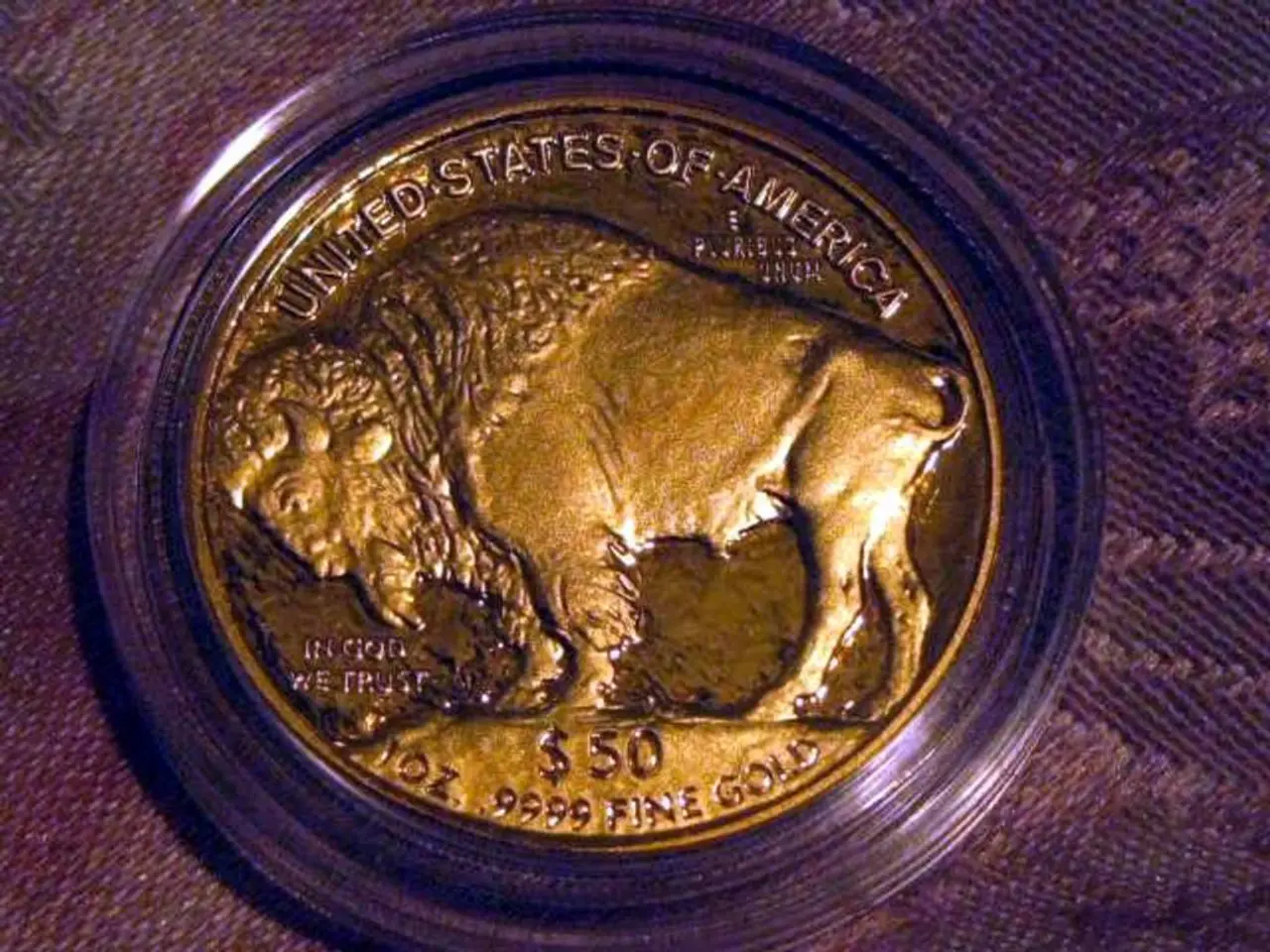Shattering Conventions: Comparing Contemporary Leadership Styles with the Established Ones
In the realm of organizations, leadership plays a pivotal role, shaping the success or failure of business, non-profit, or government entities. The definition of leadership has evolved over the years, leading to contrasting models: traditional and contemporary leadership. In this piece, we delve into the key differences between a modern leader and a traditional leader, providing insights into the advantages and disadvantages of each.
Traditional Leadership vs Modern Leadership: A Comparative Analysis
Traditional leadership, grounded in hierarchical structures, revolves around a top-down, command-and-control style. Leaders in this model exercise authority, making decisions individually, and expect obedience without question. Modern leadership, on the other hand, emphasizes teamwork, empowerment, and fostering collaborative environments.
The Evolution of Leadership Paradigms
In today's competitive landscape, leadership styles have undergone a significant shift. Traditional leadership was anchored in hierarchy, power, and rigid structures, a formula that once thrived in industrial sectors relying on repeatability and uniformity. However, as sectors began to adapt and innovate, this formula became less effective.
Modern leaders value emotional intelligence, open communication, and team empowerment over simple command and control. They work closely with their staff, collaborating to identify and harness individual strengths to achieve organizational objectives.
The Pros and Cons of Each Leadership Model
Modern Leadership: A New Era of Leadership
Modern leadership brings several benefits to the table:
- Improved Employee Engagement: Modern leaders involve team members in the decision-making process, valuing their feedback, and providing autonomy, leading to increased job satisfaction and productivity.
- Adaptability and Flexibility: In a rapidly changing world, modern leaders display adaptability, embracing innovation, and encouraging their teams to think outside the box, fostering a culture of creativity.
- Enhanced Collaboration and Teamwork: Modern leaders recognize the importance of teamwork, emphasizing collective problem-solving and promoting a culture of open communication and trust, thereby boosting synergy within the team.
- Employee Development: Unlike traditional leaders, modern leaders prioritize the personal and professional development of their team members, investing in training, mentorship, and growth opportunities, benefiting both employees and the organization in the long run.
Traditional Leadership: Still Relevant in Certain Scenarios
While modern leadership has gained prominence, traditional leadership still has its place, especially in specific situations:
- Clearly Defined Roles and Responsibilities: Traditional leadership offers a clear delineation of roles and expectations, an advantage in environments requiring a well-defined structure to maintain efficient operations.
- Decisiveness and Efficiency: In scenarios demanding immediate resolution or during times of crisis, traditional leaders' quick, decisive actions can be valuable.
- Stability and Order: Organizations operating in highly regulated industries or government agencies may find value in traditional leadership, as it provides stability and order necessary for smooth functioning.
The SUITABLE APPLICATIONS of Modern and Traditional Leadership
Modern leadership thrives in the following contexts:
- Innovation and Change: Highly competitive industries reliant on innovation and adaptability require modern leadership's agile approach. Leaders able to embrace change and cultivate a culture of innovation have a higher chance of success in such environments.
- Collaborative Projects: When projects necessitate cross-functional collaboration and the integration of diverse perspectives, modern leadership is an effective choice. It encourages open communication, breaking down barriers, and promoting a united effort towards common goals.
- Knowledge-Based Organizations: Organizations built around intellectual capital and specialized knowledge benefit from modern leadership. This style inspires continuous learning, knowledge sharing, and the development of expertise within the workforce.
Traditional leadership, however, remains relevant in specific scenarios:
- Military and Emergency Services: Barring a clear chain of command, strict discipline, and swift decision-making are essential. The hierarchical structure of traditional leadership serves these needs effectively in military and emergency services.
- Stable and Risk-Averse Environments: Organizations operating in stable, risk-averse industries or government departments may gain value from traditional leadership. The emphasis on stability and predictability enables these organizations to function efficiently while managing risk effectively.
- Large-Scale Operations: Managing large-scale operations where coordination and alignment are critical, traditional leadership's hierarchy provides the necessary structure to maintain smooth functioning across various departments and divisions.
In conclusion, any effective leadership strategy should balance both traditional and modern approaches while keeping in mind the specific context, organizational goals, and team dynamics. In today's fast-changing world, flexibility and adaptability remain key to success.
- In the realm of organizations, traditional leadership, based on hierarchical structures and a command-and-control style, emphasizes authority and obedience, while modern leadership prioritizes teamwork, empowerment, and collaboration.
- The shift from traditional to modern leadership in today's competitive landscape is due to the evolving business landscape, as hierarchical structures became less effective in sectors adapting and innovating.
- Modern leadership values emotional intelligence, open communication, and team empowerment, encouraging collaboration and collective problem-solving for increased productivity and synergy.
- Improved employee engagement is a key advantage of modern leadership as team members are involved in the decision-making process, leading to increased job satisfaction, productivity, and motivation.
- Modern leadership fosters adaptability and flexibility, embracing innovation and encouraging team members to think outside the box, thereby promoting a culture of creativity.
- Modern leaders value employee development, investing in mentorship, training, and growth opportunities for their team members, benefiting both employees and the organization in the long run.
- Traditional leadership can be beneficial in scenarios requiring a clear delineation of roles, decisiveness, stability, and order, such as militaries, emergency services, and government agencies.
- Modern leadership thrives in innovation-oriented industries, collaborative projects, and knowledge-based organizations that require continuous learning, knowledge sharing, and expert development.
- The suitable applications of both modern and traditional leadership styles depend on the specific context, organizational goals, and team dynamics, with a balanced approach being key to success in a fast-changing world that values flexibility and adaptability.




